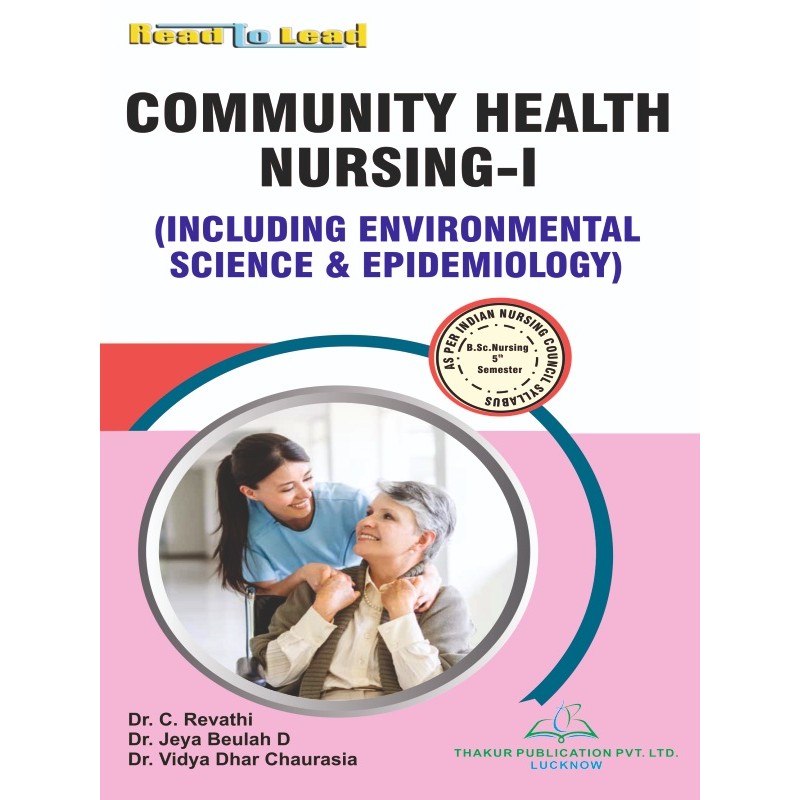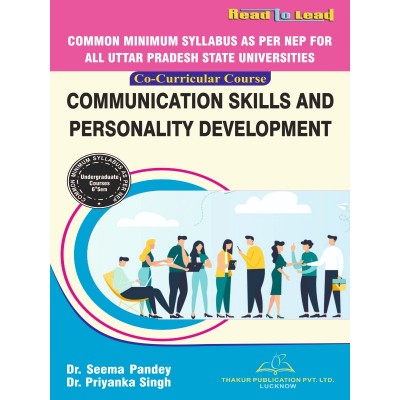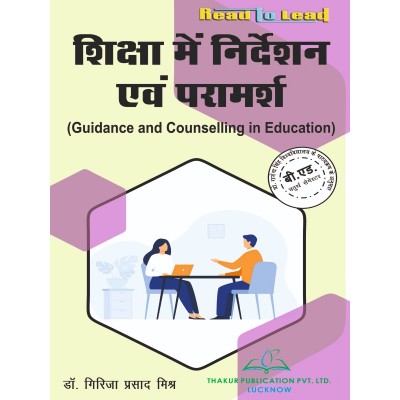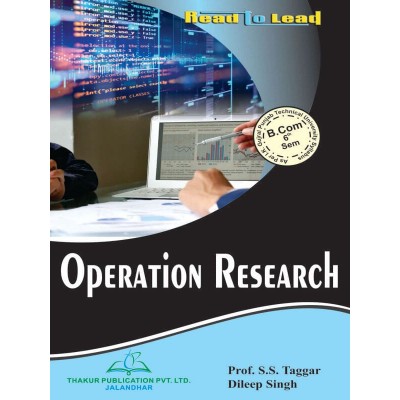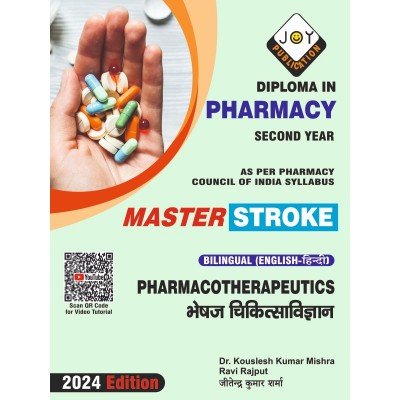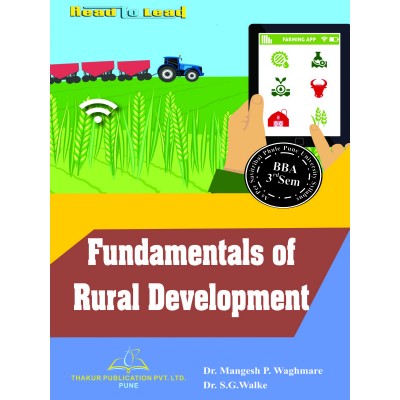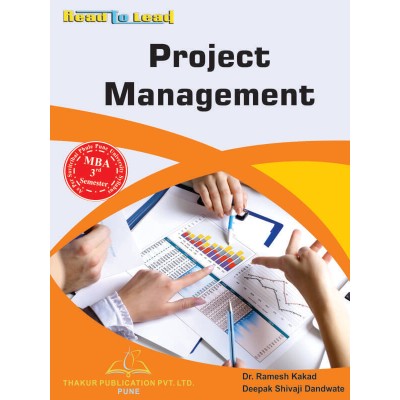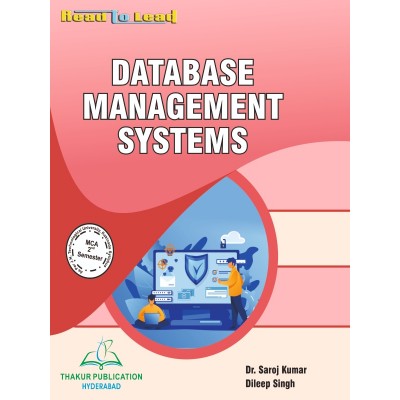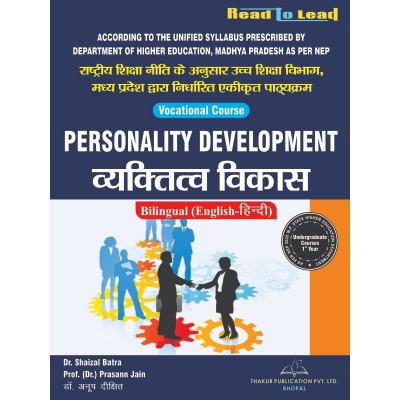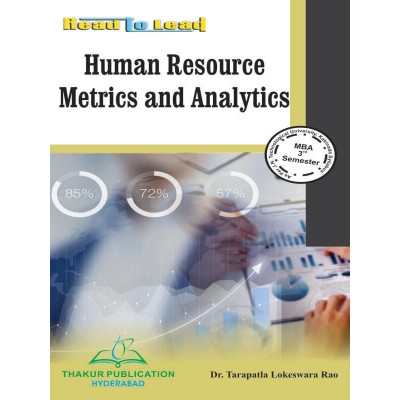Community Health Nursing B.SC Nursing Fifth Sem
Tax excluded
Click below to Buy E-Book Edition:
AUTHOR: DR. C. REVATHI, DR. JEYA BEULAH D, DR. VIDYA DHAR CHAURASIA
ISBN: 978-93-5755-828-0
Syllabus
Community Health Nursing - I
(Including Environmental Science & Epidemiology)
|
Unit |
Content |
Time (Hrs) |
||||||||||||||
|
I |
Concepts of Community Health and Community Health Nursing · Definition of public health, community health and community health nursing · Public health in India and its evolution and Scope of community health nursing · Review: Concepts of Health & Illness/Disease: Definition, dimensions and determinants of health and disease · Natural history of disease · Levels of Prevention: Primary, Secondary & Tertiary prevention – Review · Health problems (Profile) of India |
4 (T) |
||||||||||||||
|
II |
Health Care Planning and Organization of Health Care at Various Levels · Health planning steps · Health Planning in India: Various committees and commissions on health and family welfare and Five Year plans · Participation of community and stakeholders in health planning · Health Care Delivery System in India: Infrastructure and Health sectors, Delivery of health services at Sub-Centre (SC), PHC, CHC, district level, State level and National level · Sustainable Development Goals (SDGs), Primary Health Care and Comprehensive Primary Health Care (CPHC): Elements, Principles · CPHC through SC/Health Wellness Center (HWC) · Role of MLHP/CHP · National Health Care Policies and Regulations o National Health Policy (1983, 2002, 2017) o National Health Mission (NHM): National Rural Health Mission (NRHM), o National Urban Health Mission (NUHM), NHM o National Health Protection Mission (NHPM) o Ayushman Bharat o Universal Health Coverage |
8 (T) |
||||||||||||||
|
III |
Environmental Science, Environmental Health, and Sanitation · Natural Resources: Renewable and non-renewable resources, natural resources and associated problems: Forest resources, water resources, mineral resources, food resources, energy resources and land resources · Role of individuals in conservation of natural resources, and equitable use of resources for sustainable lifestyles · Ecosystem: Concept, structure and functions of ecosystems, Types & Characteristics – Forest ecosystem, Grassland ecosystem, Desert ecosystem, Aquatic ecosystem, Energy flow in ecosystem · Biodiversity: Classification, value of bio-diversity, threats to biodiversity, conservation of biodiversity · Environmental Pollution: Introduction, causes, effects and control measures of Air pollution, Water pollution, Soil pollution, Marine pollution, Noise pollution, Thermal pollution, nuclear hazards & their impact on health · Climate Change, Global Warming: Ex. heat wave, acid rain, ozone layer depletion, waste land reclamation & its impact on health · Social Issues and Environment: Sustainable development, urban problems related to energy, water and environmental ethics · Acts related to environmental protection and preservation
Environmental Health & Sanitation · Concept of environment health and sanitation · Concept of safe water, sources of water, waterborne diseases, water purification processes, household purification of water · Physical and chemical standards of drinking water quality and tests for assessing bacteriological quality of water · Concepts of Water Conservation: Rain water harvesting and water shed management · Solid waste management, human excreta disposal & management and sewage disposal and management · Commonly used insecticides and pesticides |
15 (T) |
||||||||||||||
|
IV |
Nutrition Assessment and Nutrition Education · Review of Nutrition o Concepts, types o Meal Planning: Aims, steps & diet plan for different age groups o Nutrition assessment of individuals, families and community by using appropriate methods · Planning suitable diet for individuals and families according to local availability of foods, dietary habits and economic status · General nutritional advice · Nutrition Education: Purpose, principles & methods and Rehabilitation · Review: Nutritional deficiency disorders · National Nutritional Policy & programs in India
Food Borne Diseases and Food Safety Food-borne diseases · Definition, & burden, Causes and classification · Signs & Symptoms · Transmission of food borne pathogens & toxins · Early identification, initial management and referral Food Poisoning & Food Intoxication · Epidemiological features/clinical characteristics, Types of food poisoning · Food Intoxication-features, preventive & control measures · Public health response to food borne diseases |
7 (T) |
||||||||||||||
|
V |
Communication Management and Health Education · Behaviour change communication skills o Communication o Human behaviour o Health Belief Model: Concepts & definition, ways to influence behavior o Steps of behaviour change o Techniques of Behaviour Change: Guiding principles in planning BCC activity o Steps of BCC o Social and Behaviour Change Communication Strategies (SBCC): Techniques to collect social history from clients o Barriers to effective communication, and methods to overcome them · Health Promotion and Health Education: Methods/techniques, and audio-visual aids |
6 (T)
|
||||||||||||||
|
VI |
· Community Health Nursing Approaches, Concepts, Roles and Responsibilities of Community Health Nursing Personnel
· Review: Primary health care and Comprehensive Primary Health Care (CPHC)
Home Visits: · Concept, Principles, Process, & Techniques: Bag technique · Qualities of Community Health Nurse · Roles and responsibilities of community health nursing personnel in family health services · Review: Principles & techniques of counseling |
7 (T) |
||||||||||||||
|
VII |
Assisting Individuals and Families to Promote and Maintain their Health A. Assessment of individuals and families (Review from Child health nursing, Medical surgical nursing and OBG Nursing) · Assessment of children, women, adolescents, elderly etc. · Children: Monitoring growth and development, milestones · Anthropometric measurements, BMI · Social development · Temperature and Blood pressure monitoring · Menstrual cycle · Breast Self-Examination (BSE) and Testicles Self Examination (TSE) · Warning Signs of various diseases · Tests: Urine for sugar and albumin, blood sugar, Hemoglobin
B. Provision of health services/primary health care: · Routine check-up, Immunization, counseling, and diagnosis · Management of common diseases at home and health centre level o Care based on standing orders/protocols approved by MoH&FW o Drugs dispensing and injections at health centre C. Continue medical care and follow up in community for various diseases/disabilities D. Carry out therapeutic procedures as prescribed/required for client and family E. Maintenance of health records and reports · Maintenance of client records · Maintenance of health records at the facility level · Report writing and documentation of activities carried out during home visits, in the clinics/centers and field visits F. Sensitize and handle social issues affecting health and development of the family
G. Utilize community resources for client and family
|
10 (T) |
||||||||||||||
|
VIII |
Introduction to Epidemiology – Epidemiological Approaches and Processes · Epidemiology: Concept and Definition · Distribution and frequency of disease · Aims & uses of epidemiology · Epidemiological models of causation of disease · Concepts of disease transmission · Modes of Transmission: Direct, Indirect and chain of infection · Time trends or fluctuations in disease occurrence · Epidemiological approaches: Descriptive, analytical and experimental · Principles of control measures/levels of prevention of disease · Investigation of an epidemic of communicable disease · Use of basic epidemiological tools to make community diagnosis for effective planning and intervention |
10 (T) |
||||||||||||||
|
IX |
Communicable Diseases and National Health Programs 1. Communicable Diseases : Vector-borne diseases (Every disease will be dealt under the following headlines) · Epidemiology of the following vector-borne diseases · Prevention & control measures · Screening, and diagnosing the following conditions, primary management, referral and follow-up
2. Communicable Diseases: Infectious diseases (Every disease will be dealt under the following headlines) · Epidemiology of the following infectious diseases · Prevention & Control measures · Screening, diagnosing the following conditions, primary management, referral and follow-up o Leprosy o Tuberculosis o Vaccine preventable diseases – Diphtheria, whooping cough, tetanus, poliomyelitis and measles o Enteric fever o Viral hepatitis o HIV/AIDS/RTI infections o HIV/AIDS, and Sexually Transmitted Diseases/ Reproductive tract infections (STIs/RTIs) o Diarrhoea o Respiratory tract infections o COVID-19 o Helminthic – Soil & food transmitted and parasitic infections – Scabies and pediculosis 3. Communicable Diseases: Zoonotic diseases · Epidemiology of Zoonotic diseases · Prevention & control measures · Screening and diagnosing the following conditions, primary management, referral and follow up o Rabies: Identify, suspect, primary management and referral to a health facility · Role of a nurses in control of communicable diseases </b |
|||||||||||||||
